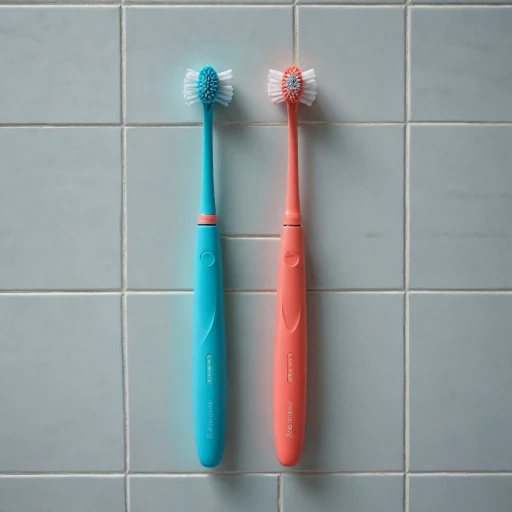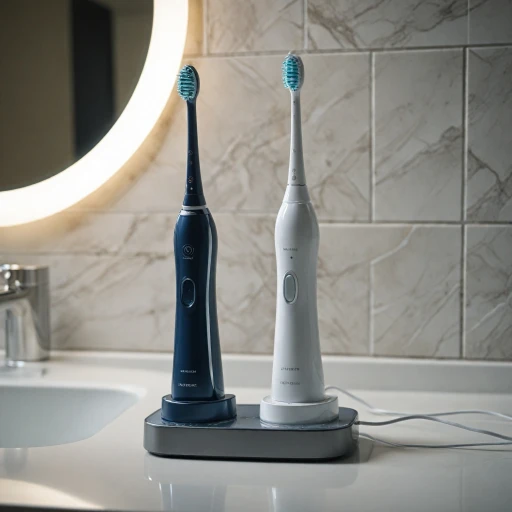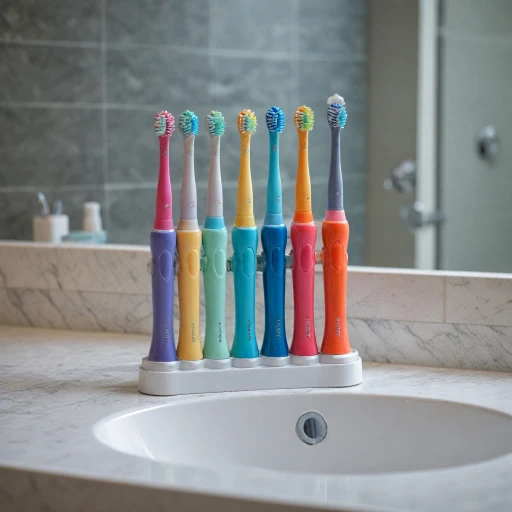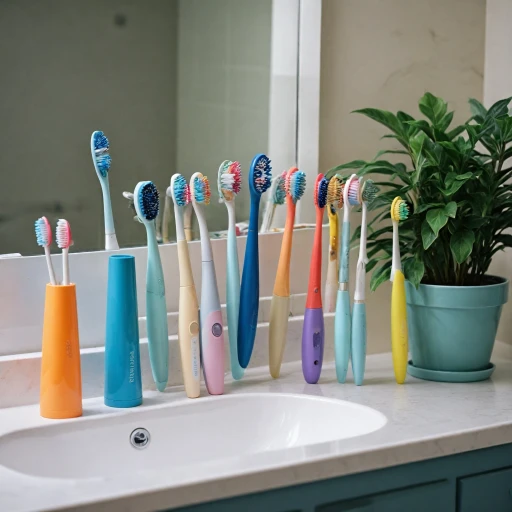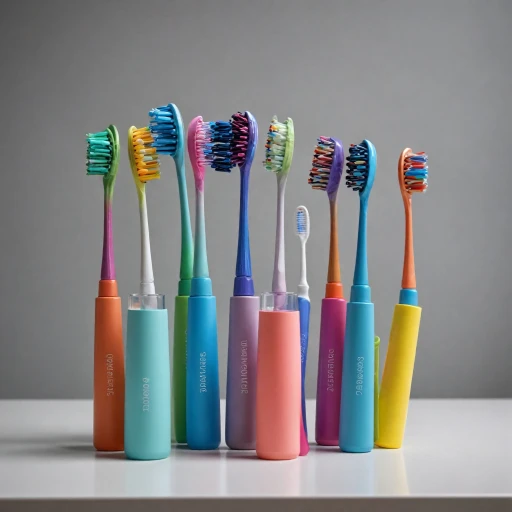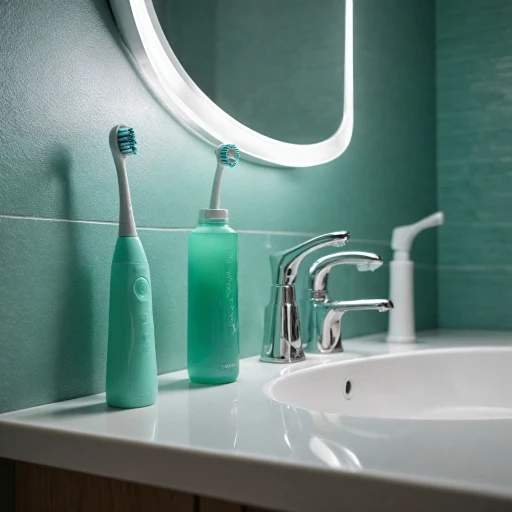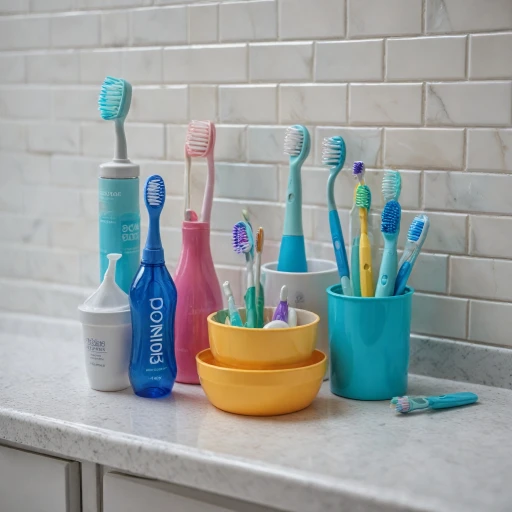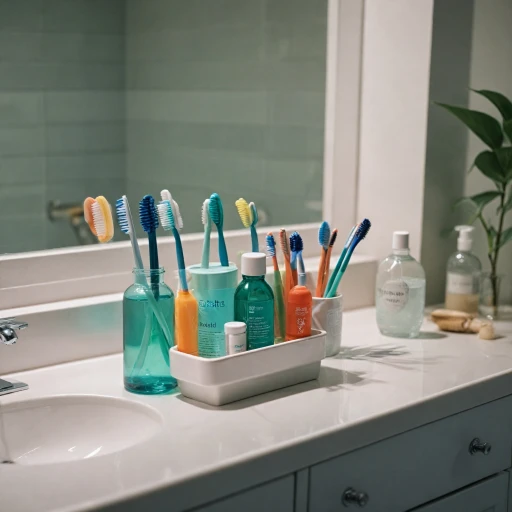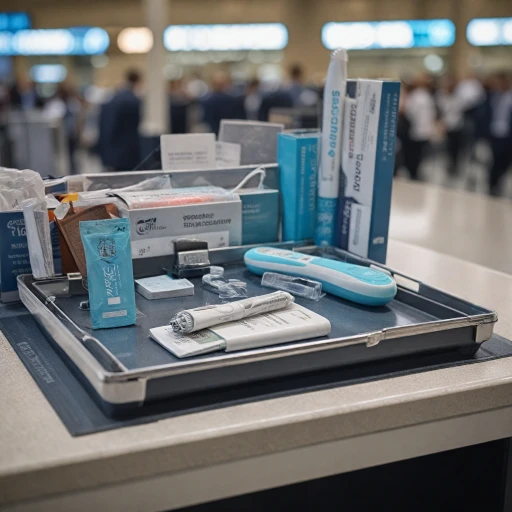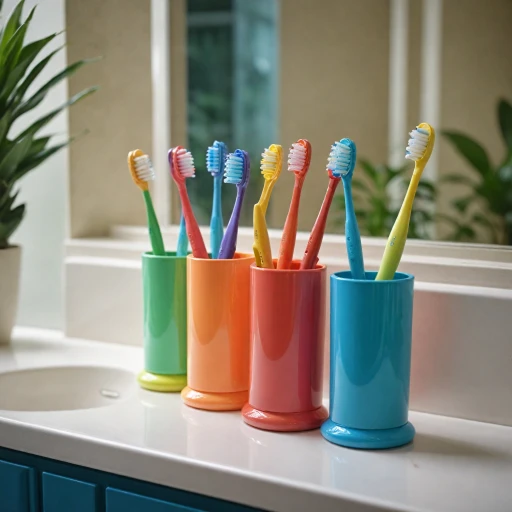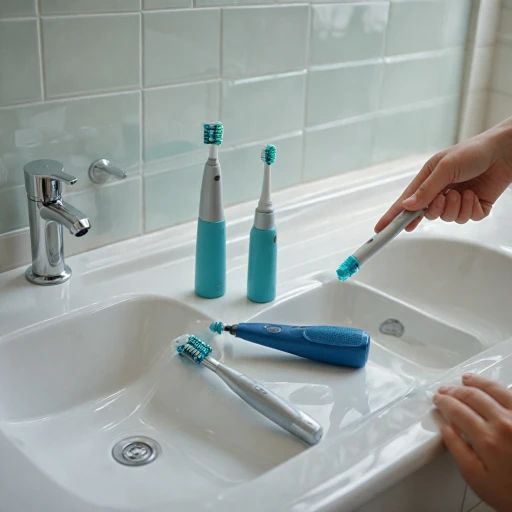
Understanding the Needs of Braces Wearers
Considering the Unique Challenges Faced by Braces Wearers
Navigating the world of oral hygiene becomes quite the intricate task when you're wearing braces. These orthodontic tools, while essential for straightening teeth, present unique cleaning challenges. Keeping your oral health in optimal condition requires adapting your brushing routine to address the specific needs introduced by braces. Braces create more nooks and crannies in your mouth where plaque and food particles can easily get lodged. Therefore, the ability to thoroughly clean around these brackets and wires becomes imperative. Manual toothbrushes can sometimes struggle to reach these difficult areas, making the case for electric toothbrushes as potentially superior cleaning tools for those with orthodontic devices. However, it's not just about effective cleaning – maintaining good oral health involves safeguarding against potential gum disease as well. Individuals with braces should be particularly committed to their dental care routine, including using the right toothbrush and interdental brushes. Soft bristles are typically recommended to gently clean without damaging the braces or irritating the gums. Adhering to proper oral hygiene practices is crucial to avoid complications such as decalcification or gum inflammation. An effective brushing technique will prevent plaque buildup and avoid causing damage to the teeth and gums during orthodontic treatment. You can learn more about the effectiveness of electric toothbrushes in removing food particles here. Understanding how braces impact your brushing technique is the first step toward ensuring a clean, healthy mouth during treatment. This foundational knowledge sets the stage for choosing the right toothbrush and employing proper brushing techniques, both of which are discussed in the following sections.Key Features to Look for in an Electric Toothbrush
Essential Features for Optimal Toothbrush Performance
For those sporting braces, selecting the ideal electric toothbrush involves a more targeted approach to ensure comprehensive cleaning around brackets and wires. While traditional manual toothbrushes can be effective, employing the best toothbrush designed specifically for braces wearers is highly recommended for enhanced oral hygiene.- Soft Bristles: Choosing a toothbrush with soft bristles is crucial. They are gentle on both your teeth and gums while effortlessly maneuvering around orthodontic brackets and wires. Unlike harder bristles that can cause irritation or damage, soft bristles provide a more comfortable brushing experience.
- Small Brush Head: Dentists often suggest a toothbrush with a small brush head for those with braces. This design allows for easy access to tight spaces around brackets, enhancing the removal of plaque and food particles.
- Interdental Brush Tips: Some electric toothbrush models come equipped with specialized interdental brush tips, perfect for cleaning hard-to-reach areas and ensuring effective dental care.
- Pressure Sensors: To avoid applying too much force when brushing, look for toothbrushes with built-in pressure sensors. This feature alerts you when you're brushing too hard, helping you maintain healthy gums during your orthodontic treatment.
Top Electric Toothbrush Models for Braces
Top Picks for Braces Users
Selecting the best electric toothbrush for braces can significantly enhance oral hygiene and ensure effective cleaning around those challenging brackets and wires. Here, we'll explore some top toothbrush models that cater specifically to orthodontic needs:- Philips Sonicare ProtectiveClean 6100: Known for its gentle brushing action, it's equipped with soft bristles designed to navigate around orthodontic brackets while minimizing gum irritation. The brush head's sonic technology effectively combats plaque, a crucial feature for braces users.
- Oral-B iO Series 9: This model not only offers real-time feedback to improve brushing techniques but also has multiple brushing modes that cater to sensitive dental care needs. It's equipped with a round brush head that aids in reaching interdental spaces without risking damage to the brackets wires.
- Fairywill Sonic Whitening Toothbrush: A budget-friendly option, this toothbrush offers multiple cleaning modes and a smart timer to ensure optimal brushing duration, helping maintain oral health despite the challenges posed by braces.
When considering which electric toothbrush suits your orthodontic treatment, pay attention to features like gentle yet effective cleaning actions, soft bristles that won't damage your brackets, and brushes specifically designed to remove food particles without requiring excessive pressure.
If you're experiencing any issues, such as charging problems with your toothbrush, check out this useful guide on Oral-B iO charging troubleshooting. Don't let tech troubles interfere with your brushing routine and overall dental care.
Proper Brushing Techniques with Braces
Mastering the Art of Brushing with Braces
Brushing with braces comes with its own set of challenges, making it all the more important to adopt the right techniques. Achieving effective cleaning while reducing the risk of damaging the brackets or wires requires a thoughtful approach. Here are some essential tips to ensure a thorough oral care routine:- Start by Rinsing: Before reaching for your electric toothbrush, rinse your mouth thoroughly with water to dislodge large food particles. This step helps in making the brushing process more efficient.
- Use the Right Brush Head: Select a brush head specifically designed for braces. These brush heads typically have softer bristles, which are ideal to gently clean around the brackets and wires.
- Position the Brush Correctly: Hold the toothbrush at a 45-degree angle to the gumline. This ensures that the bristles can access both your teeth and the gum area, crucial for preventing gum disease.
- Brush Methodically: Focus on small sections at a time, making gentle circular motions. Pay extra attention to the area around the brackets and between teeth, where plaque tends to accumulate.
- Spend Time on Each Area: Aim to brush each quadrant of your mouth for at least 30 seconds. This helps in covering all surfaces thoroughly, ensuring the best possible oral hygiene.
- Don’t Overlook the Gum Line: Move the toothbrush along the gum line, taking care not to apply too much pressure. This prevents receding gums and promotes healthier oral tissue.
Maintaining Oral Health Beyond Brushing
Long-lasting Strategies for Oral Well-being
Maintaining optimal oral health with braces goes beyond just mastering proper brushing techniques, which is crucial when you have orthodontic appliances. The intricate design of braces, comprising brackets and wires, can make it challenging to reach all food particles and plaque effectively. Here are comprehensive strategies to complement your electric toothbrush routine and ensure overall dental care.
- Incorporate Interdental Cleaning Tools: Use interdental brushes specifically designed for cleaning around braces. These small brushes can access spaces that even the best toothbrush might miss, helping you effectively remove plaque and reduce the risk of gum disease.
- Employ a Fluoride Mouthwash: Rinse with a fluoride mouthwash after brushing. This helps to strengthen the enamel and provides an extra layer of protection against decay, particularly in areas hard to reach with a toothbrush.
- Stay Consistent with Dental Appointments: Regular check-ups with your orthodontist and dentist are essential. They can monitor the health of your teeth and gums, address any potential issues early, and guide you on improving your cleaning techniques.
- Consider a Water Flosser: A water flosser can effectively clean around braces, using a jet of water to dislodge food particles and bacteria. It's especially beneficial for people with braces and can be less irritating than traditional floss.
- Mind Your Diet: Certain foods can stick to your braces or contribute to higher plaque levels. Aim to limit sugary snacks and beverages, and whenever possible, opt for healthier alternatives like fruits and vegetables.
Integrating these practices with your daily brushing routine ensures that your oral health remains in top condition, promoting a healthier, brighter smile throughout your orthodontic journey. For more in-depth information, look into reliable resources that provide diverse insights on maintaining oral hygiene with braces.
Expert Tips and Recommendations
Valuable Insights from Experts
When it comes to managing braces and maintaining optimal oral hygiene, expert advice can truly make a difference. Professionals in the dental field emphasize several strategies to enhance your dental care routine with braces.- Choose Soft Bristles: The consensus among experts is the importance of selecting an electric toothbrush with soft bristles. Soft bristles are less likely to irritate the gums and effectively clean around orthodontic brackets and wires without causing damage.
- Prioritize Interdental Cleaning: Dental professionals recommend incorporating interdental brushes into your routine. These tools are excellent for reaching spaces that a toothbrush’s head might miss, ensuring the removal of food particles and plaque.
- Focus on Technique Over Pressure: Effective cleaning does not require excessive pressure. Experts advise gentle brushing techniques, allowing the electric toothbrush to do its job. Too much pressure can lead to bristle wear and gum irritation, which are common concerns for those in orthodontic treatment.
- Regular Dental Visits: Keeping a routine schedule for orthodontic check-ups is vital. Regular visits allow orthodontists to monitor bracket and wire conditions, providing advice on personalized care strategies.
- Dental Products for Sensitive Teeth: If you experience sensitivity, consider toothpaste and mouthwash products specifically designed for sensitive teeth. These products can help in maintaining comfort while ensuring oral health.

